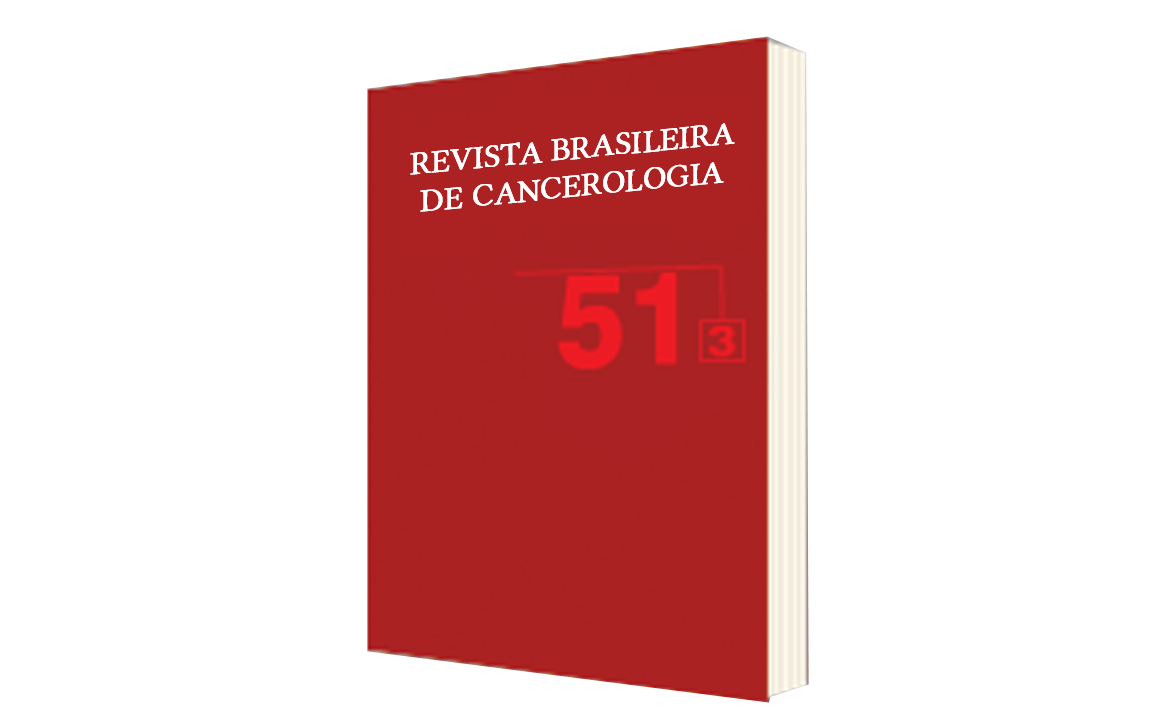Penile squamous carcinoma: epidemiological, histopathological, viral influence and surgical considerations
DOI:
https://doi.org/10.32635/2176-9745.RBC.2005v51n3.1952Keywords:
Penile neoplasms, Squamous cell carcinoma, Etiology, Lymphadenectomy, Epidemiology, Morbidity, Therapeutical approachesAbstract
Penile carcinoma is a rare disease in developed countries and is frequently associated to high morbidity due to the sickness itself or due to its treatment. The social, economical and cultural profiles of the penile cancer patients make early diagnosis, treatment and follow-up. The use of several different staging systems and the lack of standard clinical approaches lead to bias in isolated evaluations, resulting in controversies over its proper management. There is no prospective study or randomized large trial that establishe secure approach to qualify all stages of the disease. Questions related to the management of the groin regions remain unsolved. In this way, patients with normal inguinal lymph nodes and at intermediate risk of occult groin disease deserve more attention. Several patients undergo unnecessary lymphadenectomy while others with occult inguinal disease remain under surveillance, delaying the ideal treatment. The development of imunohistochemical and molecular biology techniques allowed the identification of the probable epiteliotrophic virus role in etiology and prognosis of penile carcinoma. Multiinstitutional trials should be performed in order to identify the main variables for prognosis of penile carcinoma clearing, out the questions related to its best clinical management.









